London unfolds best on foot, revealing hidden courtyards, historical snippets, and local treasures that tour buses simply zoom past. The city’s layered history becomes tangible when explored at a walking pace, allowing travelers to absorb the unique character of each neighborhood. Walking in London isn’t just transportation—it’s an experience that connects you with centuries of urban evolution. London offers countless neighborhoods perfect for pedestrian exploration, each with its distinct personality and attractions.
Here is a list of 15 areas where setting out on foot rewards travelers with the authentic London experience.
Southbank
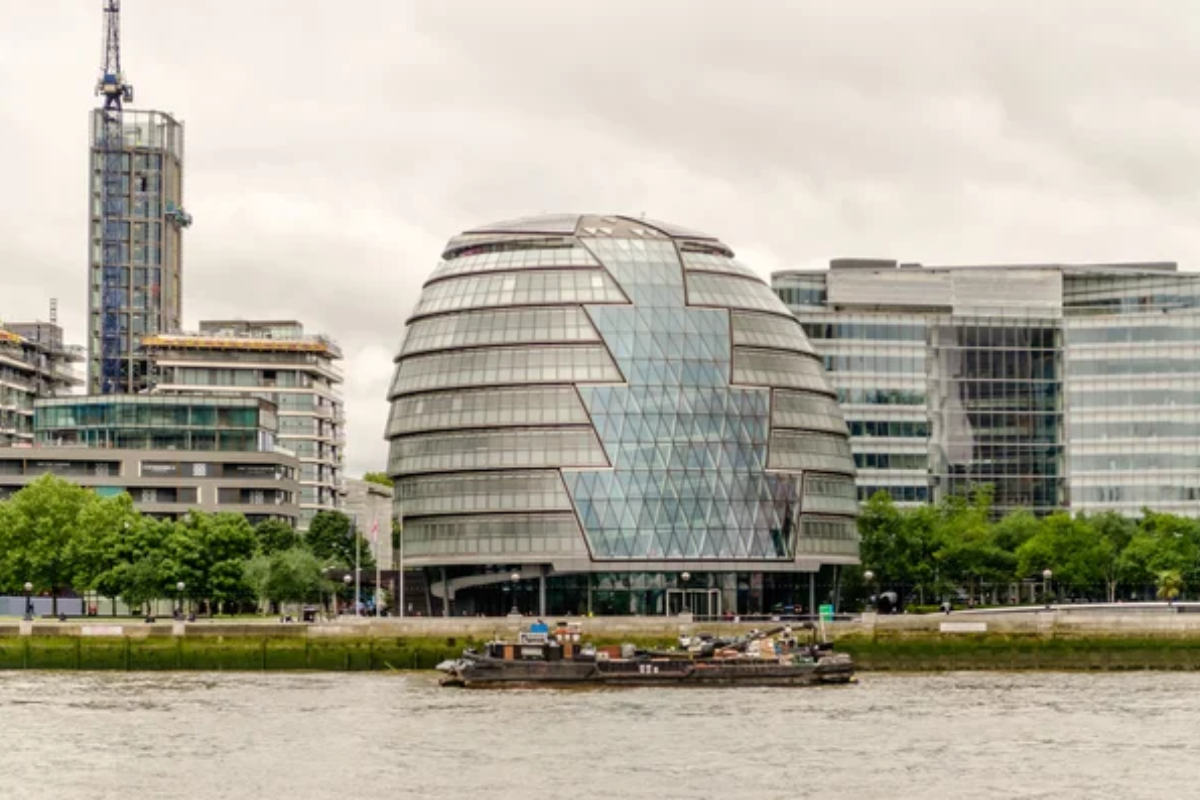
This riverside stretch delivers London’s greatest hits in one walkable package. The path along the Thames connects major landmarks like the London Eye and Tate Modern while offering spectacular views across to St. Paul’s Cathedral and the Houses of Parliament.
Street performers entertain throughout the day, food stalls tempt with international flavors, and the secondhand book market under Waterloo Bridge provides perfect browsing opportunities. The area transforms completely from morning to evening, making multiple visits worthwhile.
Covent Garden
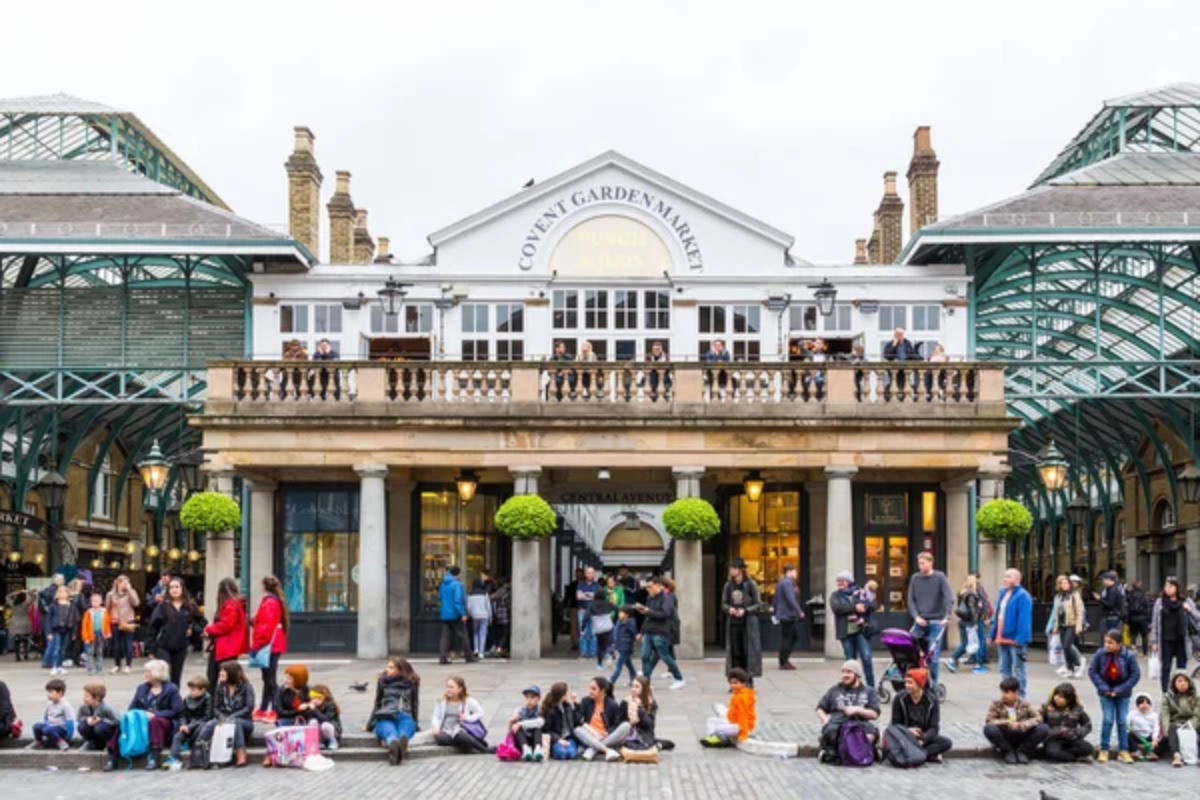
Once London’s main fruit anThis riverside stretch delivers London’s greatest hits in one walkable package. The path along the Thames connects major landmarks like the London Eye and Tate Modern while offering spectacular views across to St. Paul’s Cathedral and the Houses of Parliament. Street performers entertain throughout the day, food stalls tempt with international flavors, and the secondhand book market under Waterloo Bridge provides perfect browsing opportunities.
The area transforms completely from morning to evening, making multiple visits worthwhile. shopping, and dining options that range from quick bites to upscale experiences. The pedestrianized piazza creates a natural walking environment where visitors can wander without watching for traffic. Its central location makes it an ideal starting point for walks to nearby Soho, Leicester Square, or the Strand. The covered market building itself houses countless treasures in its restored Victorian architecture.
Like Travel Pug’s content? Follow us on MSN.
The City
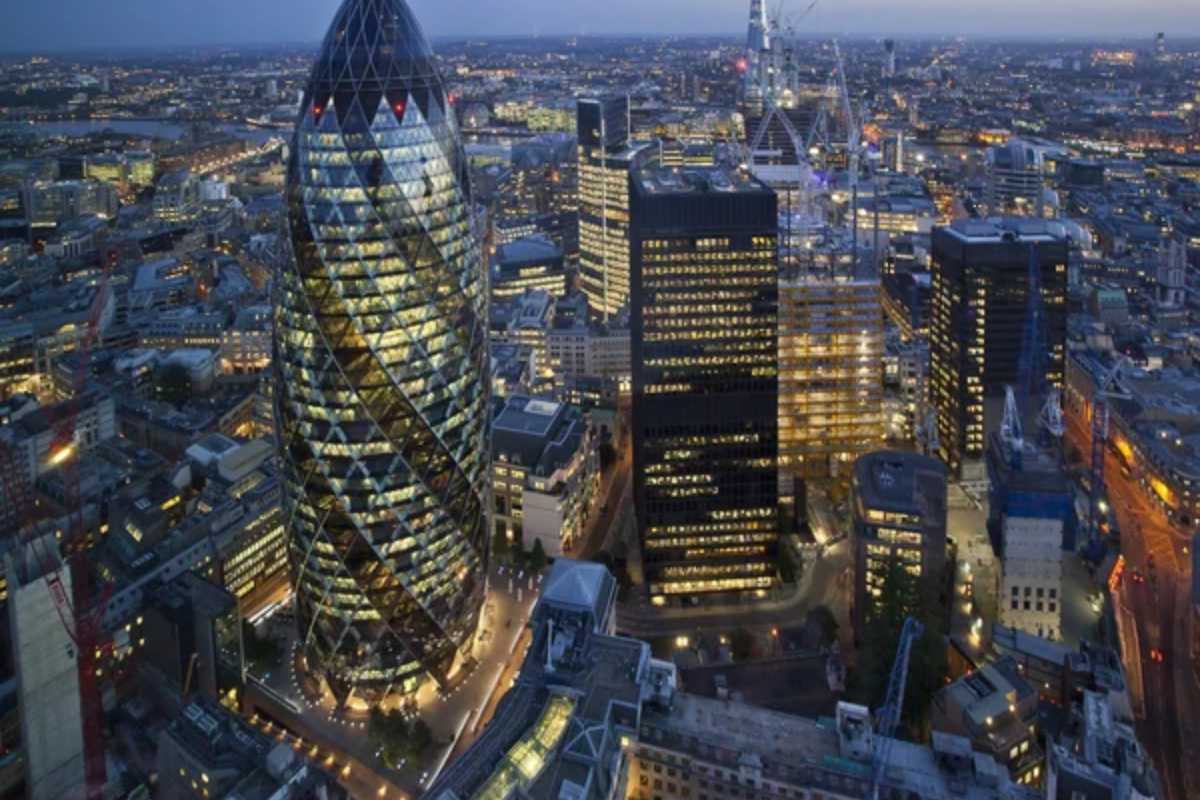
London’s financial district transforms into a walker’s paradise on weekends when the suits disappear and the ancient streets empty out. This area holds the greatest concentration of London history per square foot, with medieval churches sitting beside futuristic skyscrapers.
The narrow lanes follow paths established well before cars existed, creating an intricate network perfect for wandering. Highlights include the Roman London Wall remains, the Bank of England, and countless architectural gems spanning centuries of design evolution.
Hampstead Heath
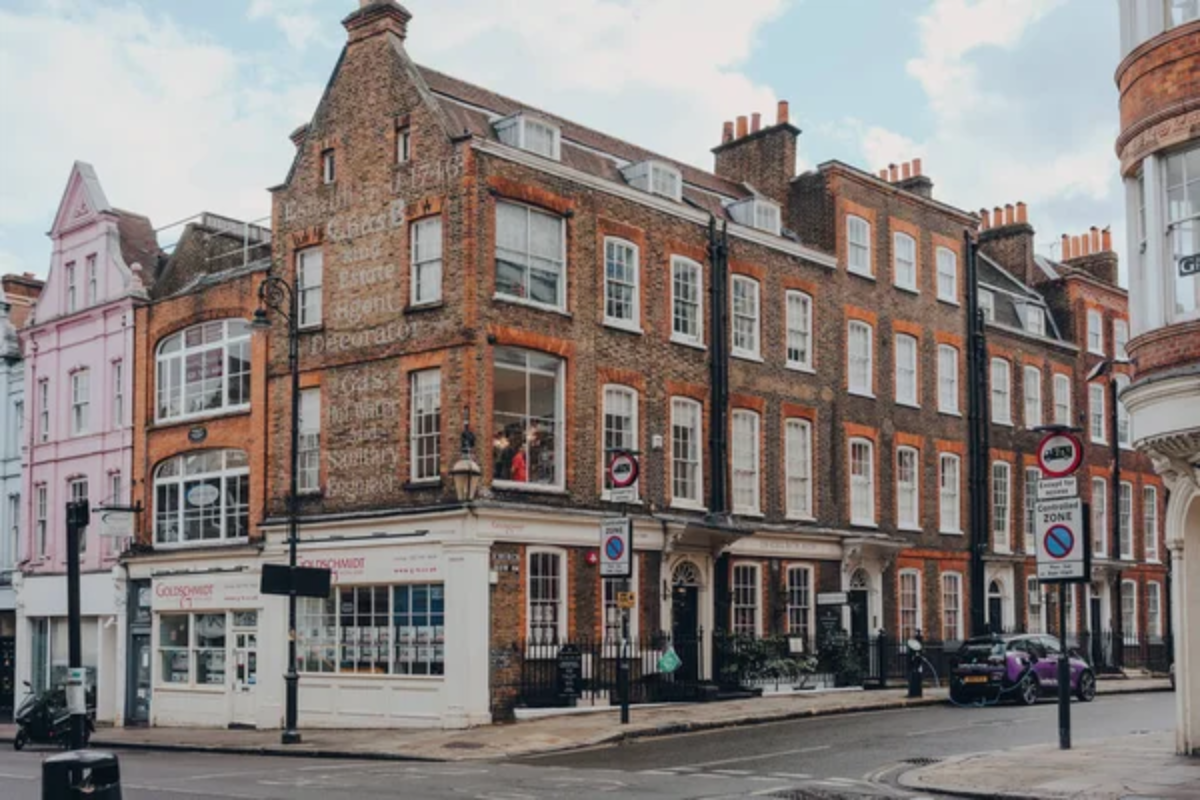
This vast green space offers London’s best walking for nature lovers, with 800 acres of woods, meadows, and swimming ponds. The heath’s elevated position provides spectacular city views, particularly from Parliament Hill.
Walking trails range from manicured paths to wilder routes that make you forget you’re in one of the world’s largest cities. The surrounding Hampstead Village area adds charm with its literary connections, historic pubs, and hillside streets lined with beautiful homes.
Little Venice
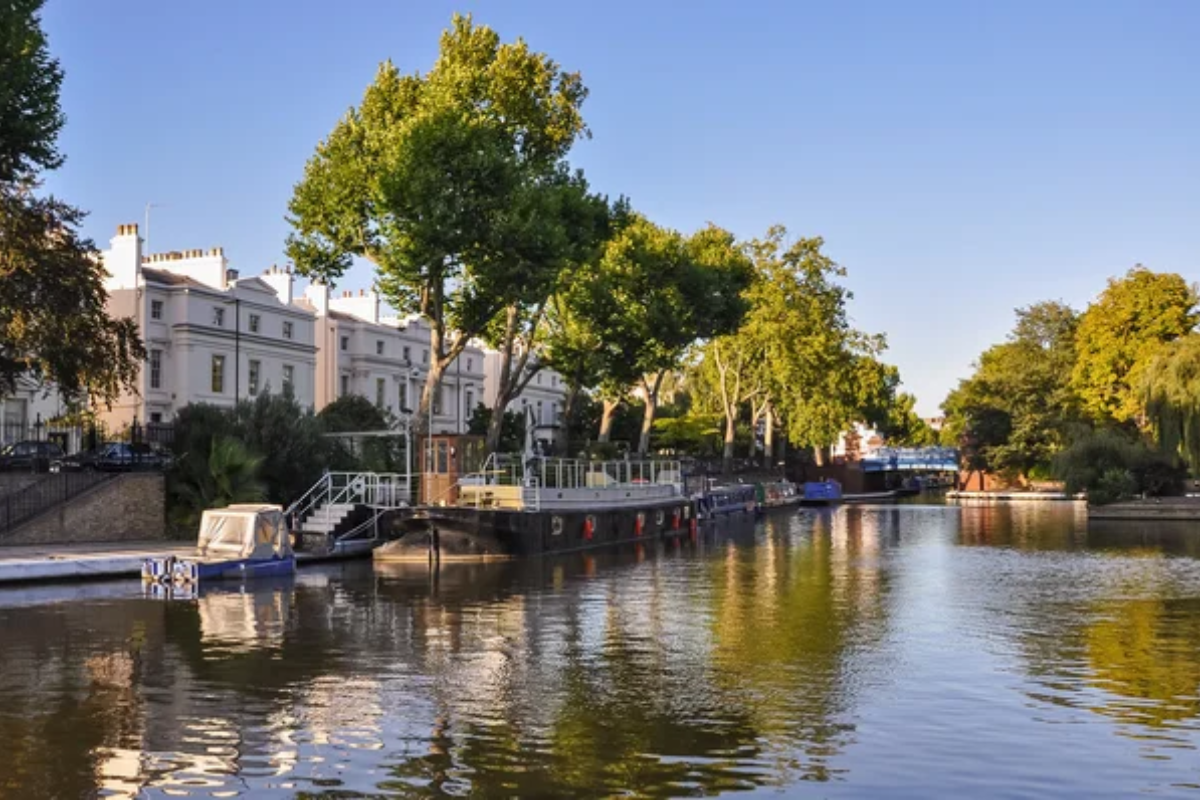
This tranquil canal district creates a walking experience unlike anywhere else in London, with tree-lined waterways, narrow boats, and waterside cafés. The towpath connects Paddington Basin to Camden Town through a route that feels miles away from the urban hustle.
Bridges crisscross the water, offering different vantage points and connecting charming neighborhoods on either bank. Walking here proves particularly magical in the early morning, when the mist rises from the canal and boat owners begin their day.
Like Travel Pug’s content? Follow us on MSN.
Camden Town
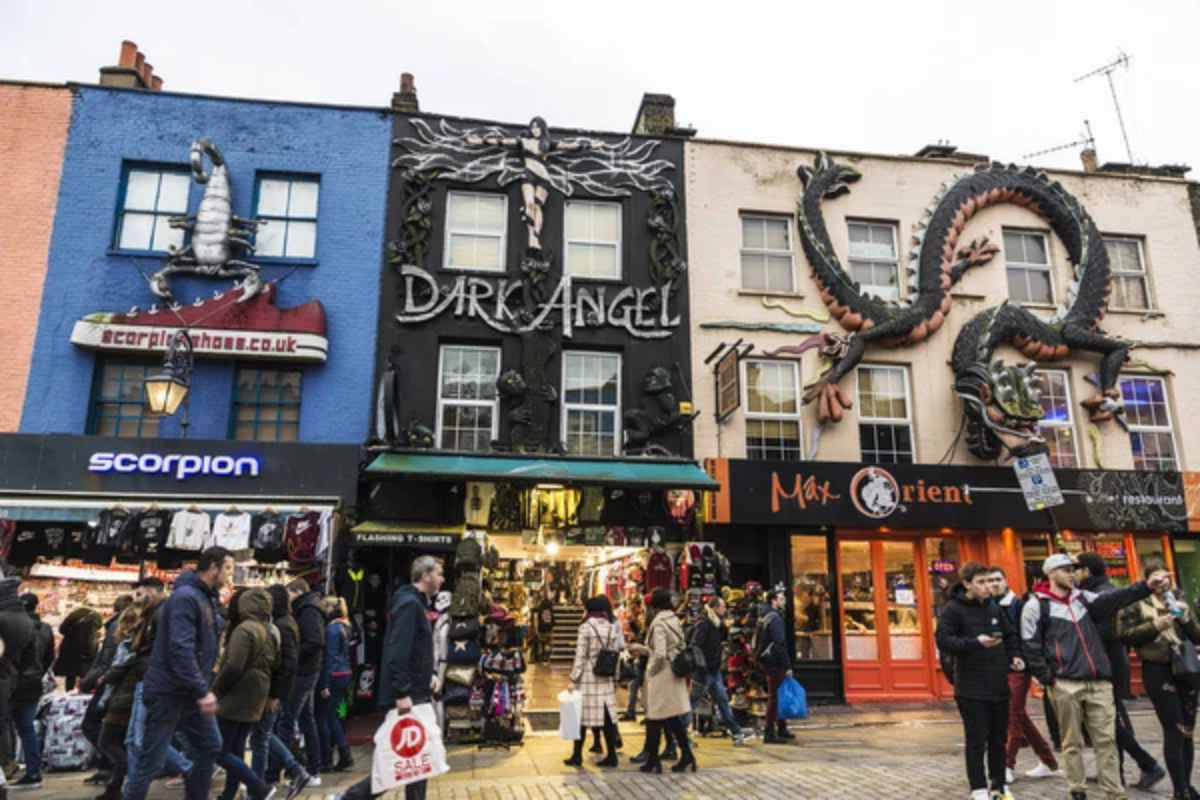
Eclectic, energetic, and endlessly entertaining, Camden rewards walkers with sensory overload in the best possible way. The market areas spill across multiple locations connected by pedestrian-friendly streets packed with independent shops, global street food, and unique characters.
The canal path cuts through the heart of Camden, offering a quieter alternative route when the main thoroughfares become crowded. This neighborhood serves as a living museum of London’s alternative culture, with street art changing regularly and new pop-ups appearing weekly.
Notting Hill
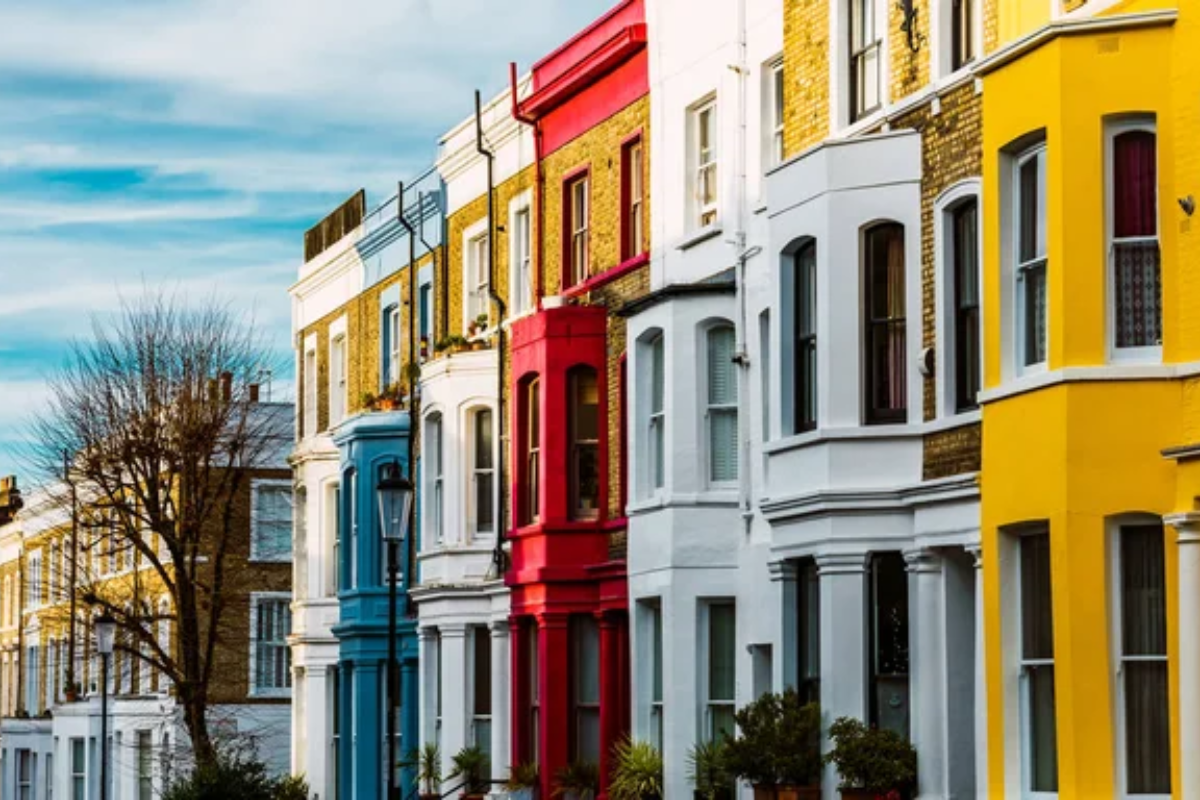
This charming west London neighborhood balances elegant architecture with Bohemian energy, creating a perfect walking territory. Pastel-colored houses line streets that wind toward Portobello Road Market, where antiques, vintage clothing, and street food create a sensory feast.
Side streets reveal garden squares, upscale boutiques, and hidden mews houses that once housed horses but now rank among London’s most desirable addresses. The area’s gentle hills provide ever-changing perspectives as you wander through this iconic district.
Greenwich
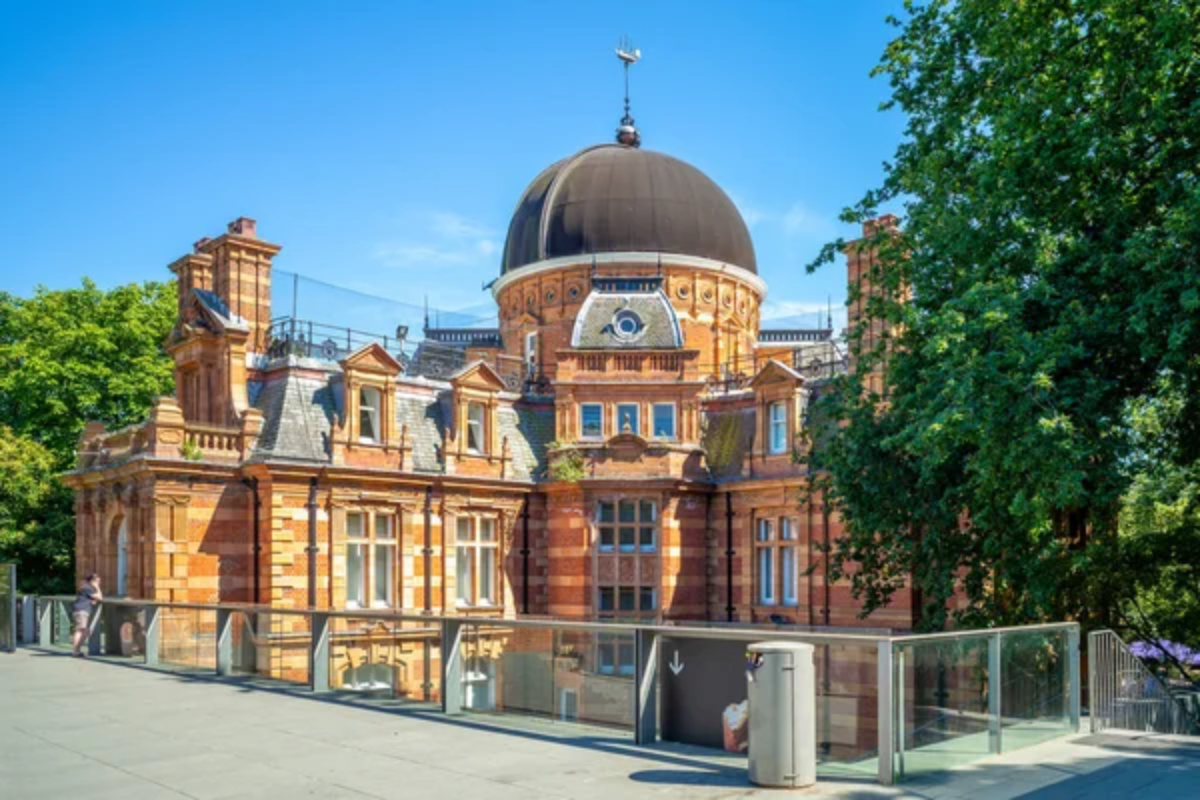
This Thames-side district combines maritime history, stunning architecture, and vast parkland in one walkable package. The journey begins at the Cutty Sark ship, continues through the magnificent buildings of the Old Royal Naval College, and climbs to the Royal Observatory, where time itself is measured.
The walk through Greenwich Park delivers panoramic views across London before descending to the charming village center with its market and traditional pubs. Water taxis connect Greenwich to central London, creating perfect circular walking routes.
Like Travel Pug’s content? Follow us on MSN.
Shoreditch
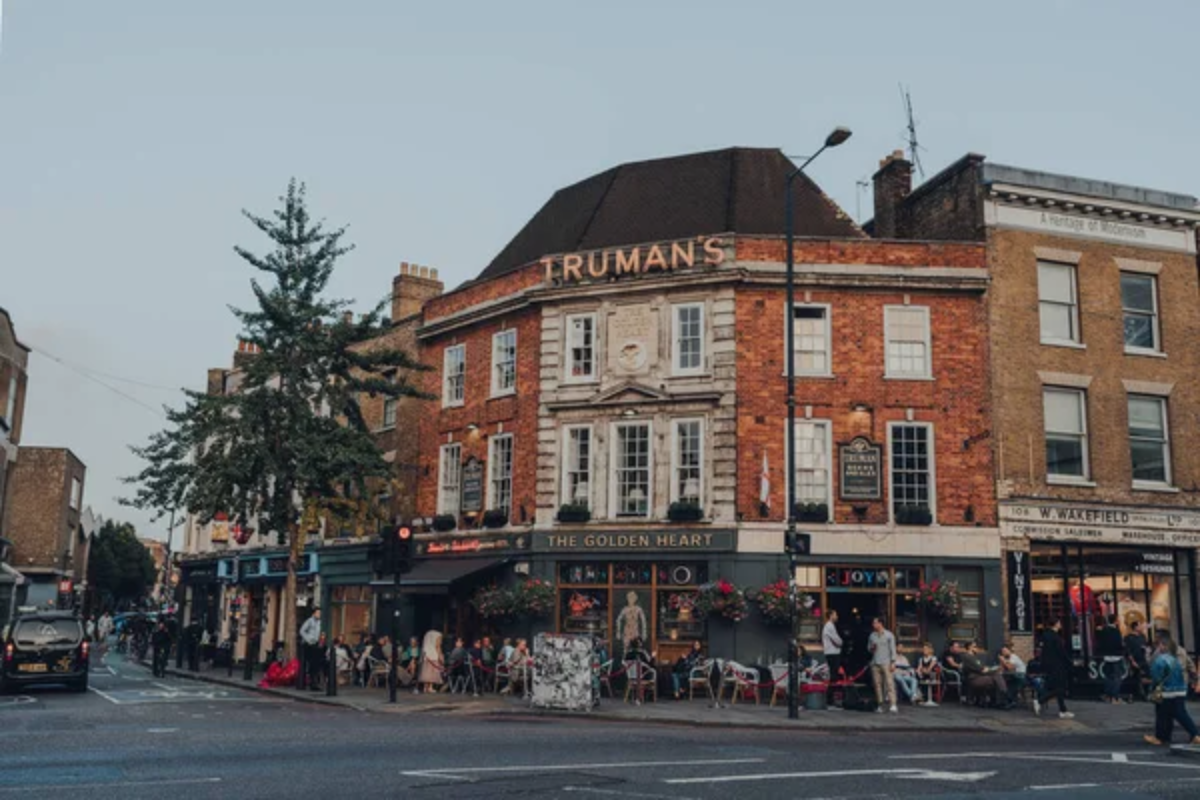
East London’s creative heart pulses with street art, independent businesses, and food options spanning global cuisines. Walking here means discovering artwork that changes weekly, from massive murals to tiny, cleverly placed installations.
The neighborhood’s industrial past remains visible in converted warehouses and factories that house design studios, boutique hotels, and innovative restaurants. Brick Lane forms the area’s spine, transforming from vintage markets to curry houses to trendy bars as you walk its length.
Marylebone
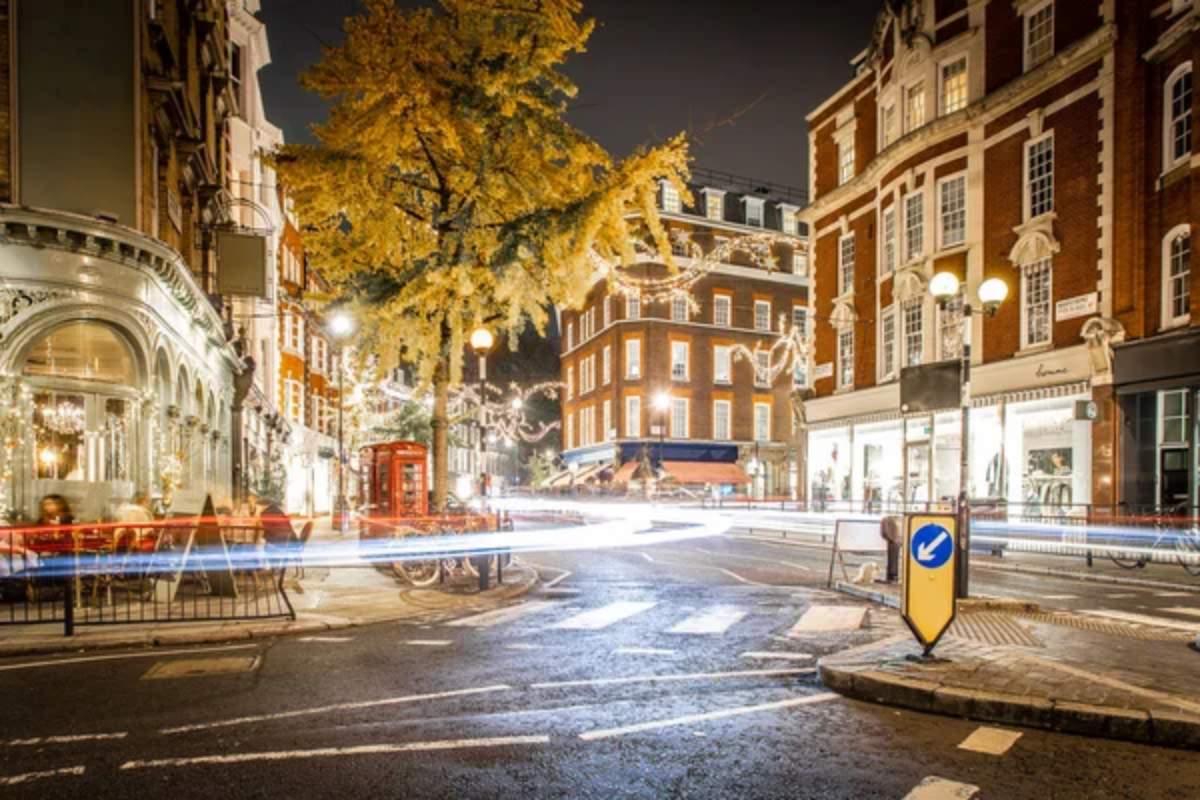
This sophisticated central neighborhood offers a peaceful walking alternative to nearby Oxford Street’s chaos. Elegant Georgian architecture frames streets filled with independent boutiques, artisanal food shops, and hidden garden squares.
Wallace Collection’s world-class art occupies a historic townhouse, while Daunt Books provides one of London’s most atmospheric browsing experiences in its Edwardian interior. The neighborhood maintains a village feel despite its central location, with longtime residents shopping alongside visitors in the excellent farmers’ market.
South Kensington
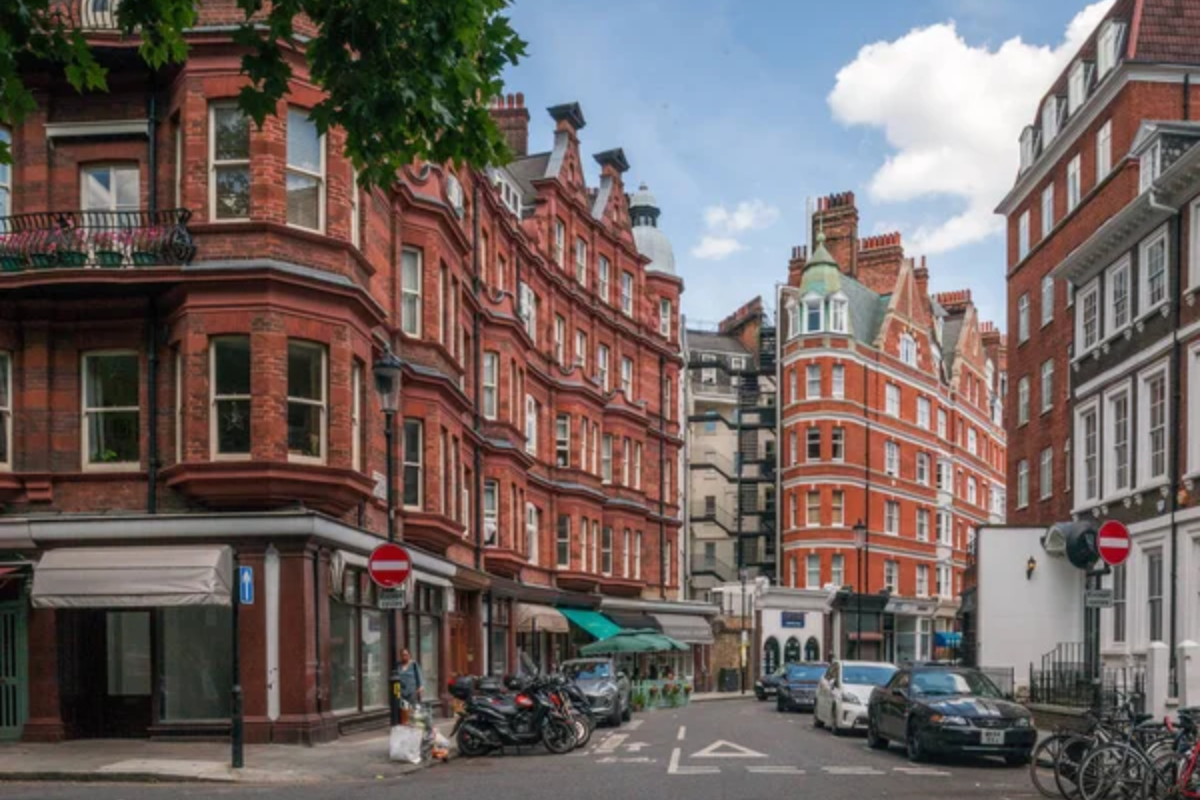
This refined district combines cultural heavyweights with beautiful residential streets perfect for wandering. The neighborhood houses London’s museum triangle—the Victoria & Albert, Natural History Museum, and Science Museum—all within minutes of each other on foot.
Exhibition Road’s pedestrianized section creates a grand approach to these institutions, while the surrounding streets reveal mews houses, garden squares, and excellent cafés. The area’s significant French population influences the food scene, with pâtisseries and bistros adding continental flavor.
Like Travel Pug’s content? Follow us on MSN.
Bermondsey
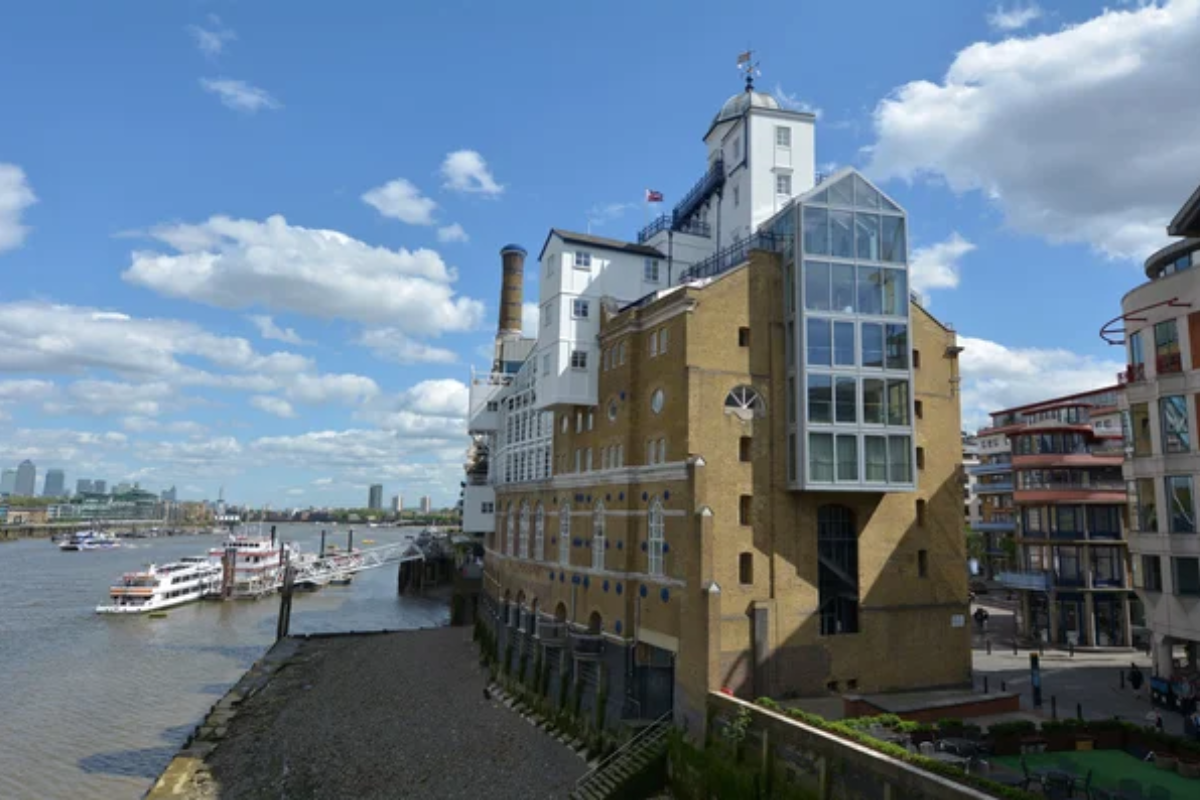
This former industrial area south of the Thames has transformed into one of London’s most rewarding walking neighborhoods, especially for food lovers. Bermondsey Street mixes independent galleries, boutiques, and restaurants in a village-like setting, minutes from London Bridge.
The weekend food market under railway arches attracts serious food enthusiasts, while the area’s growing brewery scene creates natural walking tours between tasting rooms. White Cube Gallery anchors the area’s significant art presence among converted warehouse spaces.
Richmond
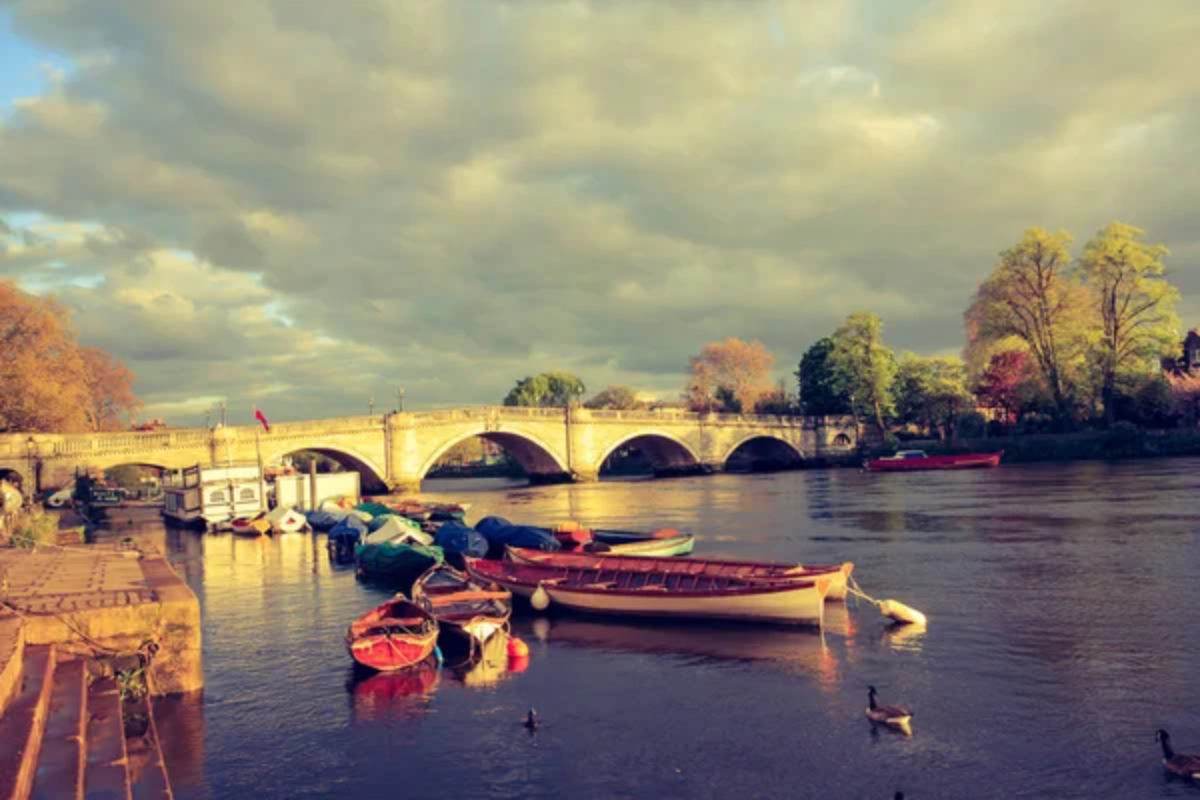
This Thames-side community combines village charm with one of London’s greatest parks, creating perfect terrain for walkers. Richmond Hill offers the only protected view in England, a panorama that has inspired painters for centuries, looking across the river’s bend.
The vast park houses free-roaming deer, ancient oak trees, and secluded walking paths that extend for miles. The riverside path connects Richmond to neighboring Kew Gardens and Hampton Court Palace, creating longer walking options for ambitious explorers.
Primrose Hill
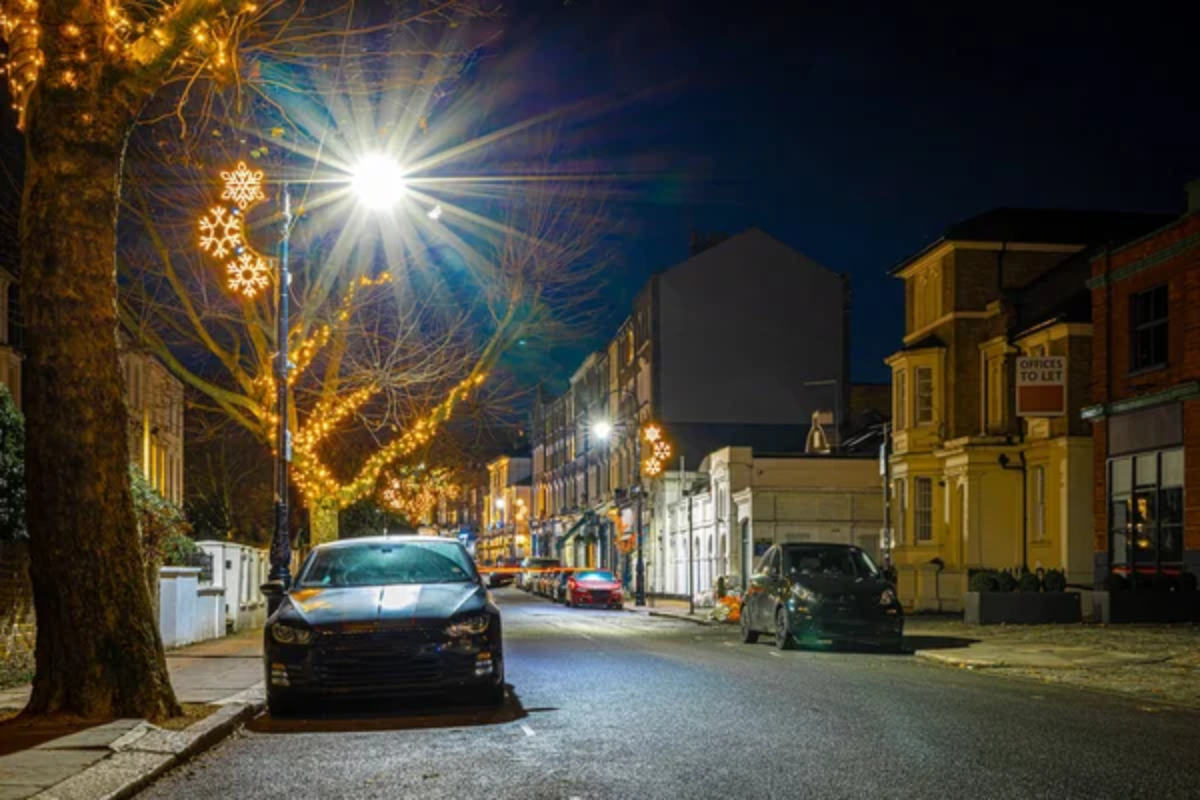
This compact neighborhood centers around its namesake hill, which provides spectacular 360-degree views across London. The surrounding streets house some of London’s most photogenic homes, painted in soft colors and often occupied by creative celebrities.
The area connects directly to Regent’s Park and Camden, creating extensive walking possibilities, but the neighborhood itself rewards slower exploration with independent shops, excellent neighborhood restaurants, and literary connections from past resident writers. The hill itself becomes a community gathering space on summer evenings.
Like Travel Pug’s content? Follow us on MSN.
St. James’s and Mayfair
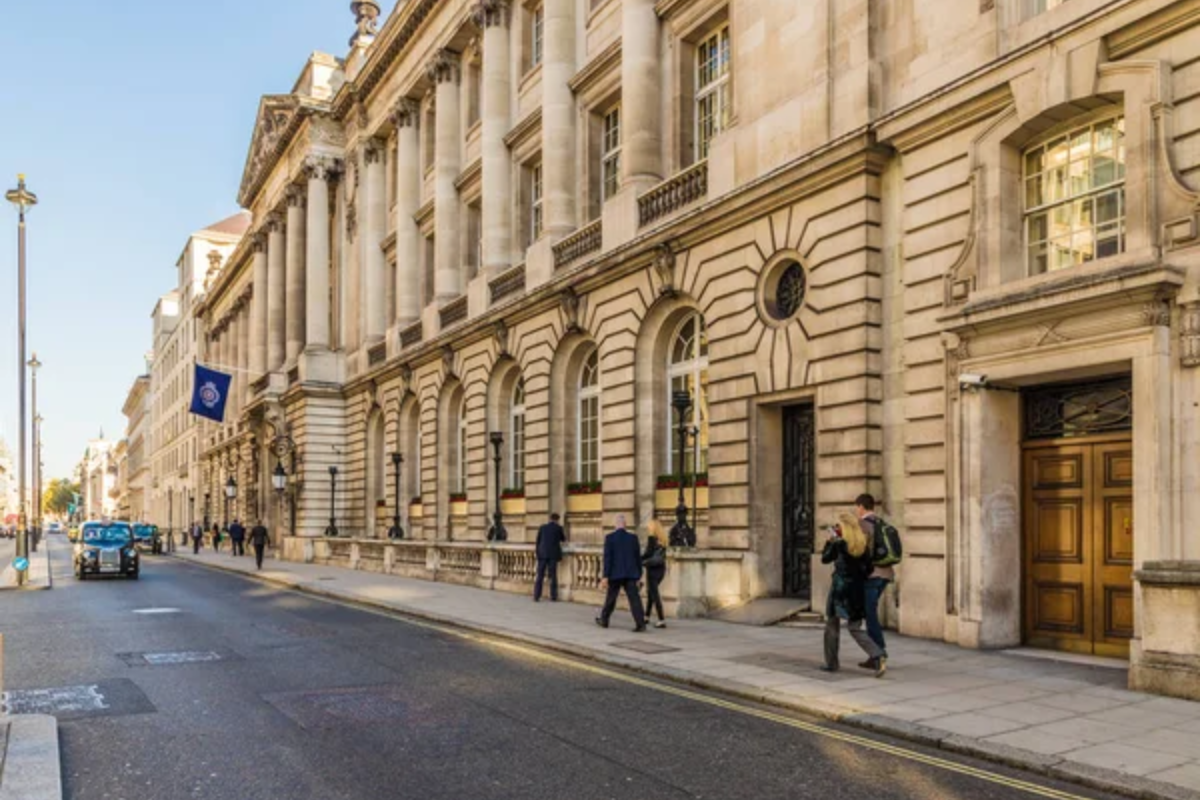
London’s most exclusive districts combine royal connections, luxury shopping, and hidden green spaces perfect for discerning walkers. St. James’s Park creates a regal walking route between Buckingham Palace and Whitehall, while the surrounding streets house centuries-old establishments that have served royalty for generations.
Mayfair’s architecture spans elegant Georgian townhouses to Art Deco masterpieces, with prestigious art galleries occupying many ground floors. Despite the area’s wealthy reputation, numerous public passages, historic arcades, and courtyard shortcuts create fascinating walking territory open to all.
London’s Walkable Legacy
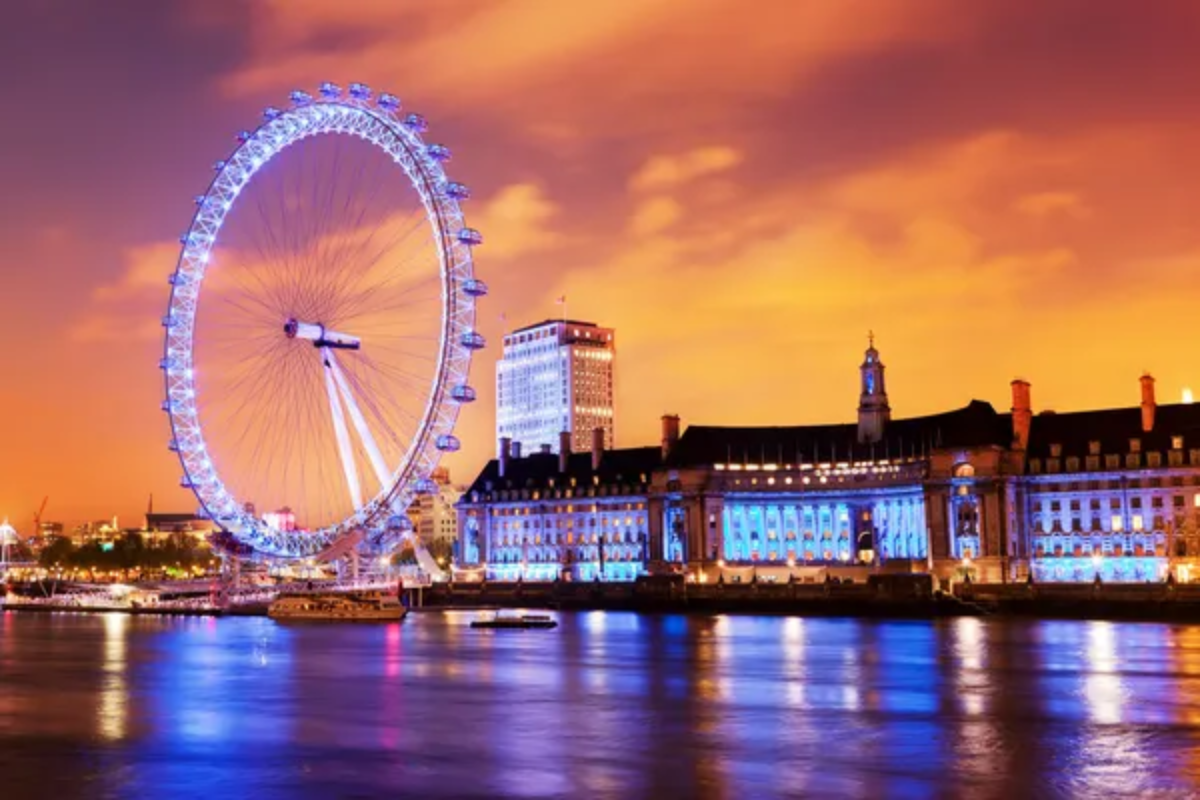
These fifteen areas merely introduce the pedestrian possibilities in a city designed primarily for walking until relatively recent history. London reveals itself most honestly to those who explore on foot, following ancient paths that connected communities long before modern transportation.
The city’s complex personality—simultaneously grand and intimate, historic and cutting-edge—comes into focus most clearly at a walking pace, where details emerge, and connections form between seemingly disparate areas. Every London walk tells multiple stories, adding new layers with each visit.
More from Travel Pug

- 20 Towns Built for One Purpose That Were Later Abandoned
- 15 Hidden Spots in Disney World’s Magic Kingdom Most Visitors Miss
- 20 Once-Popular Beach Towns That Are Now Ghostly Empty
- 15 Canyons in the U.S. That Are Just as Stunning as the Grand Canyon
- 10 Under-the-Radar Mountain Towns That Are Both Affordable and Beautiful
Like Travel Pug’s content? Follow us on MSN.
